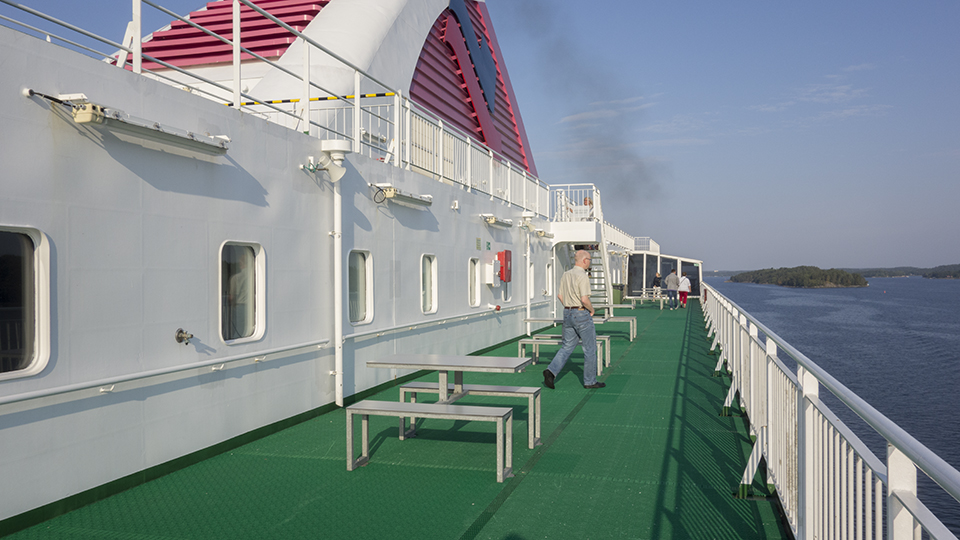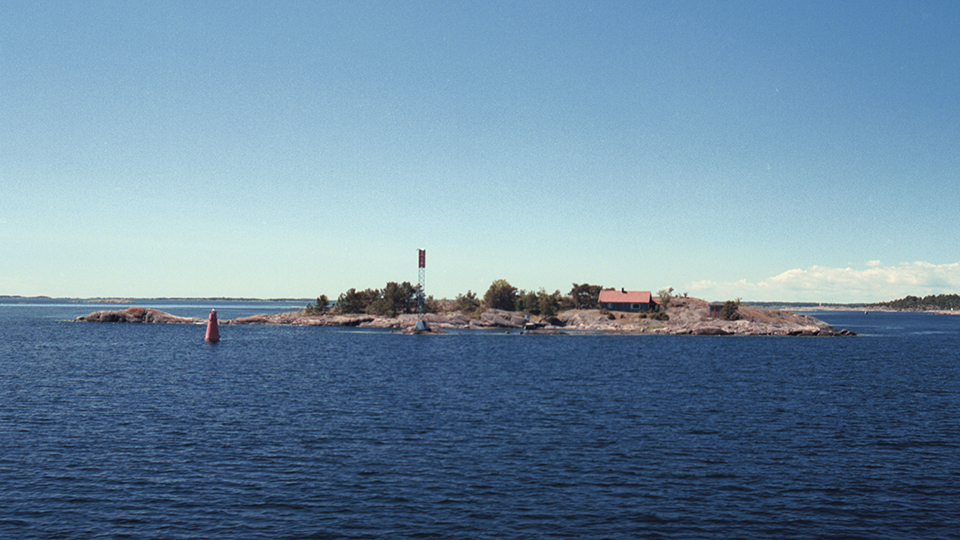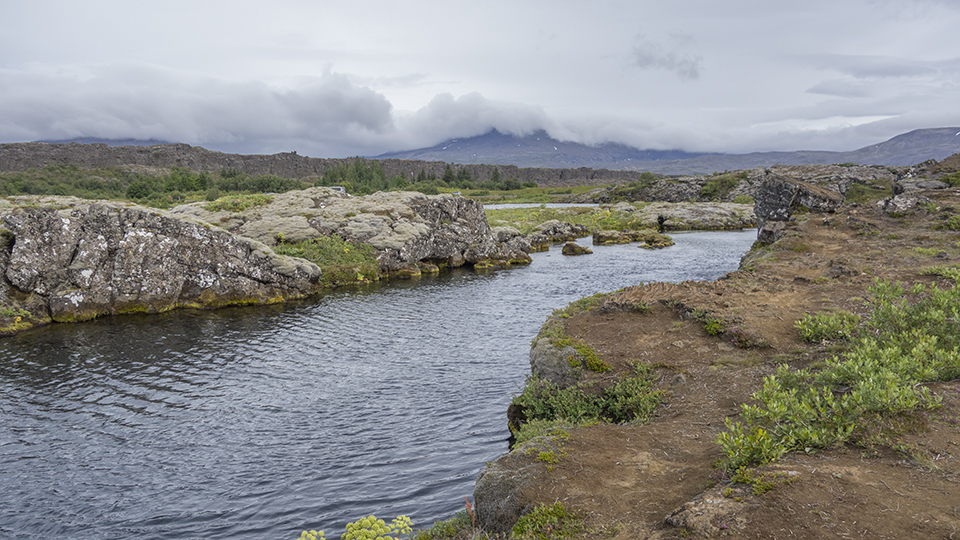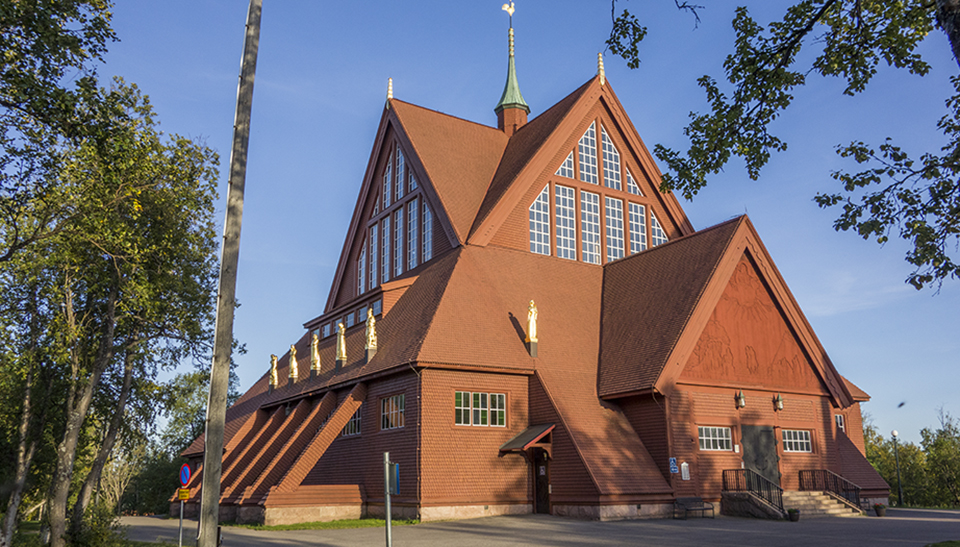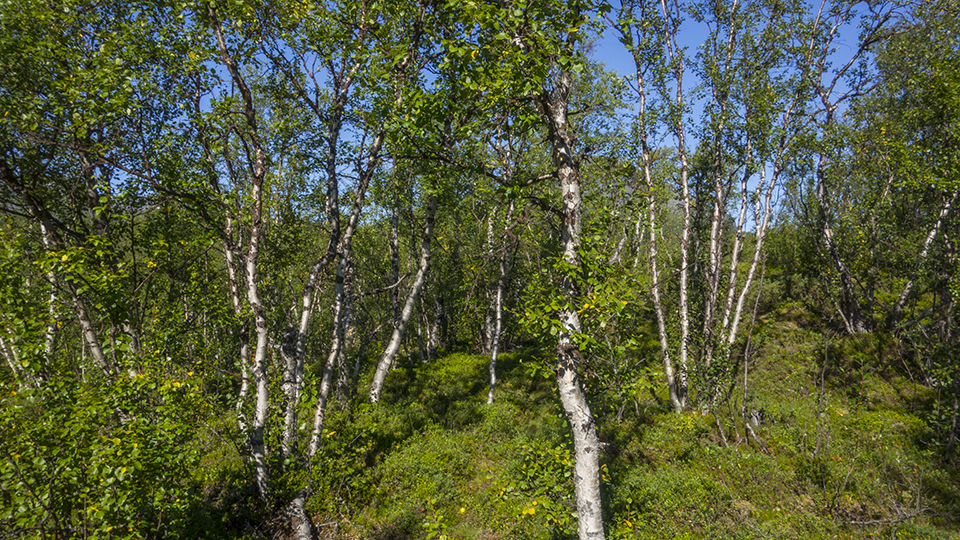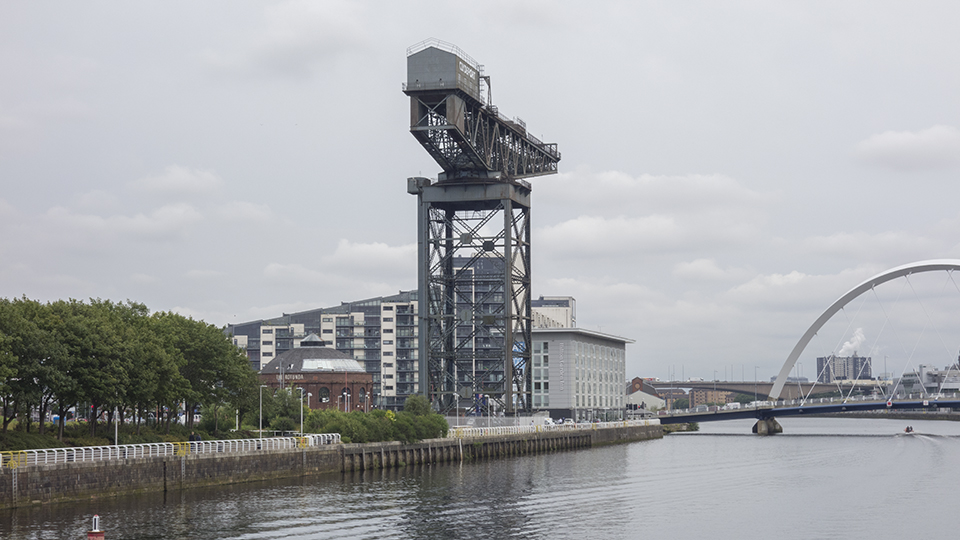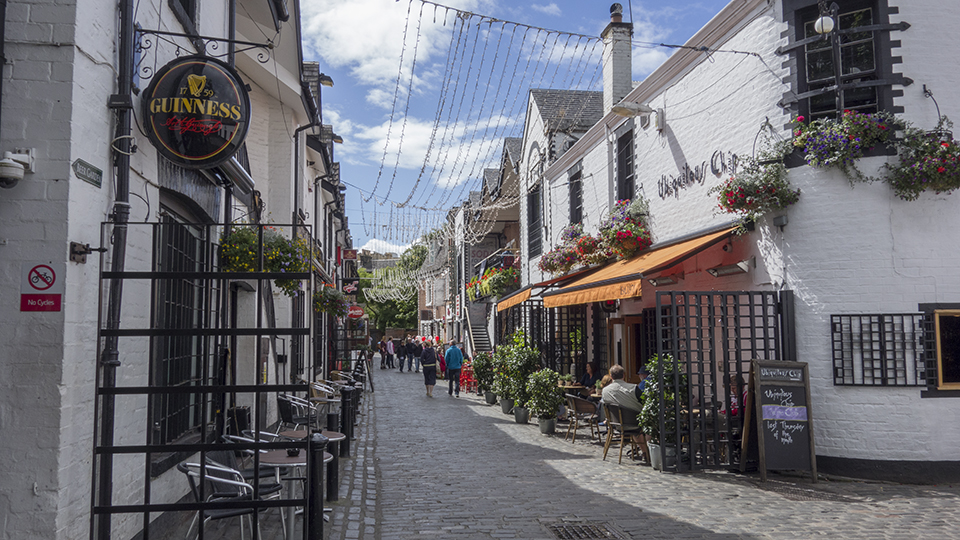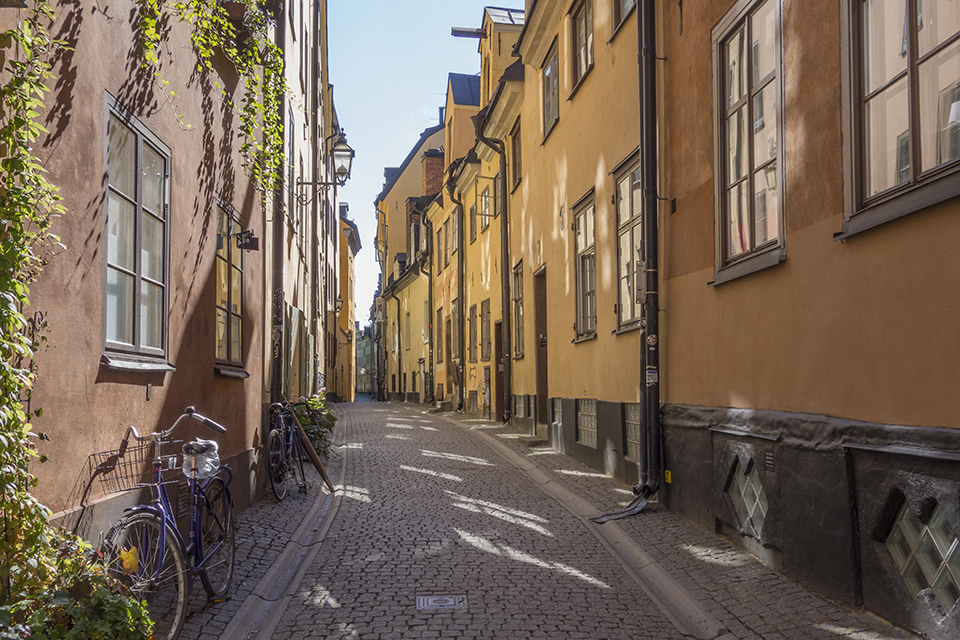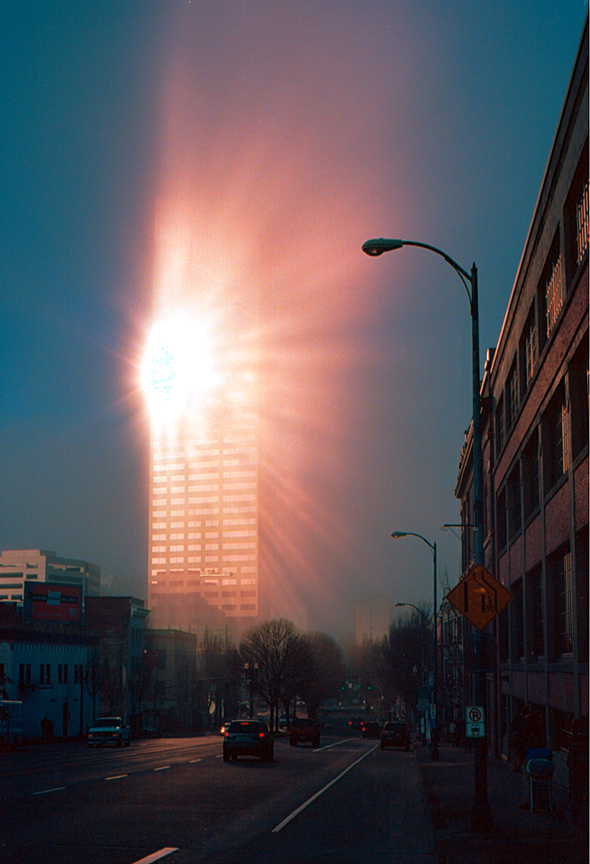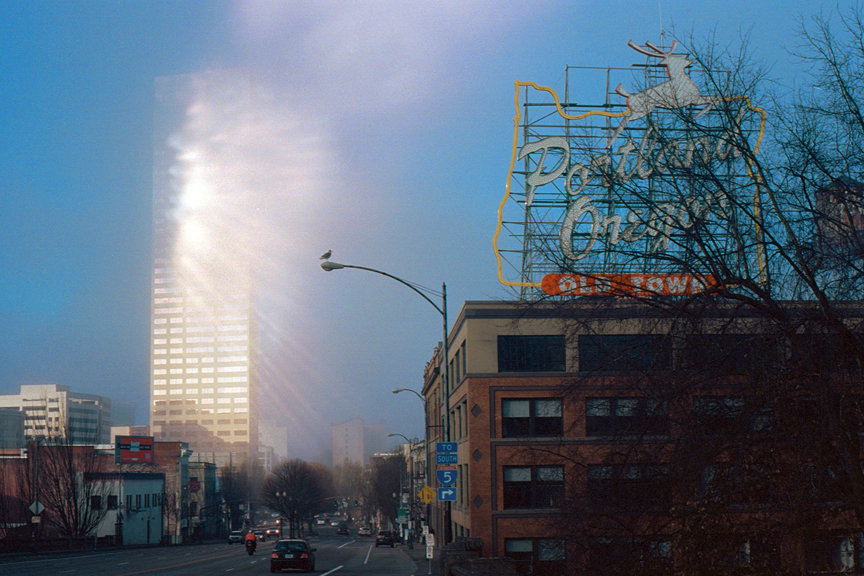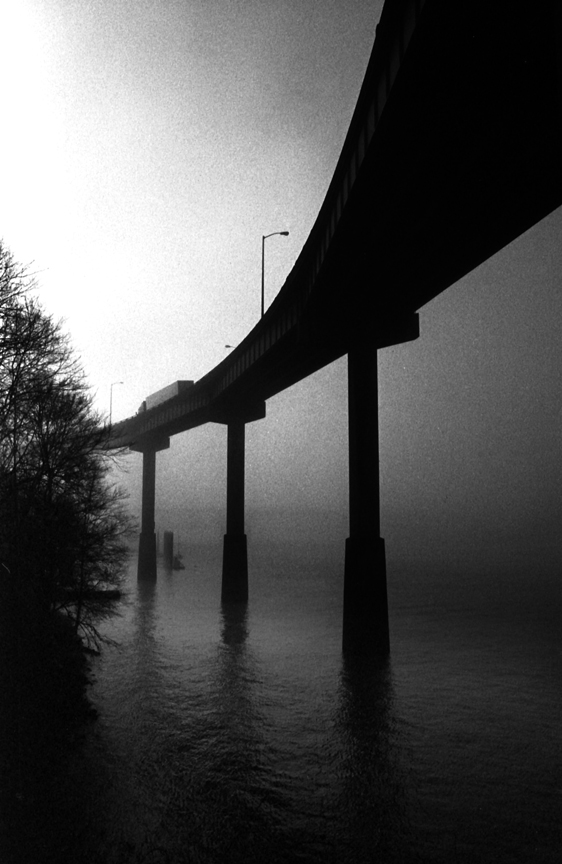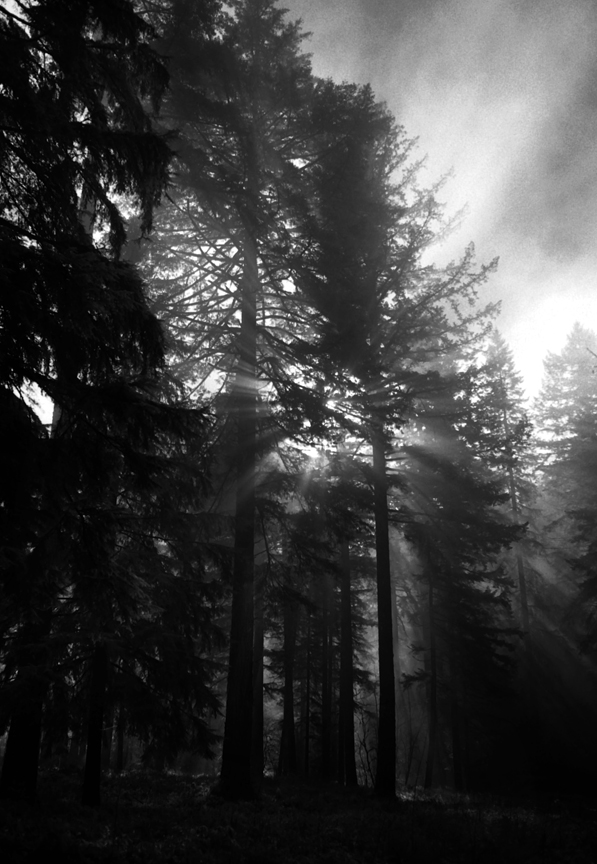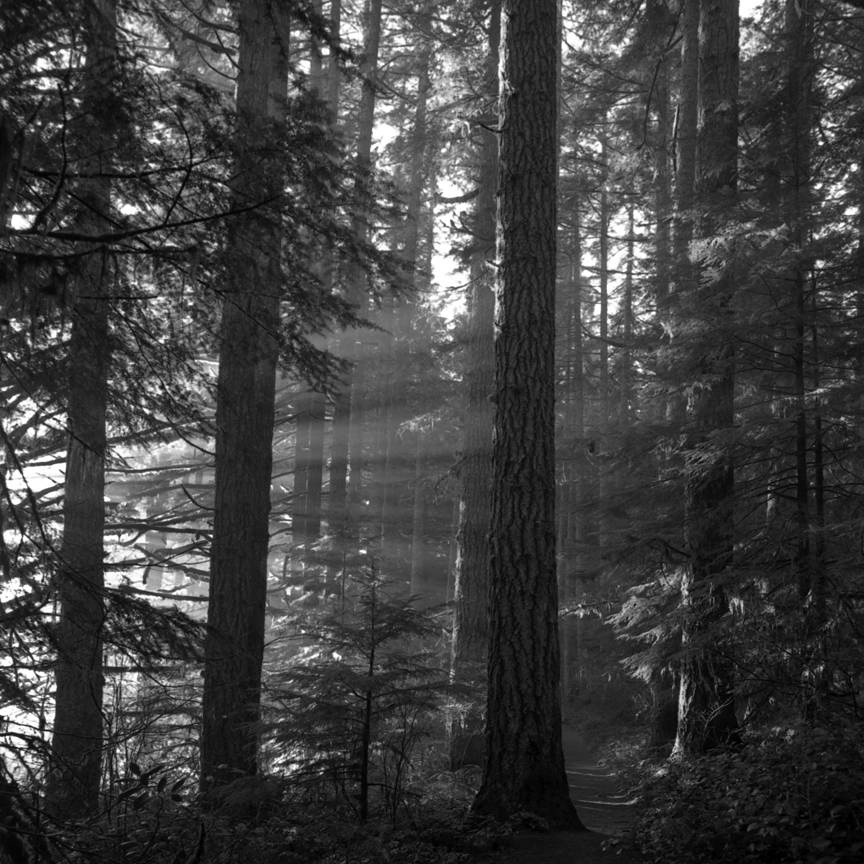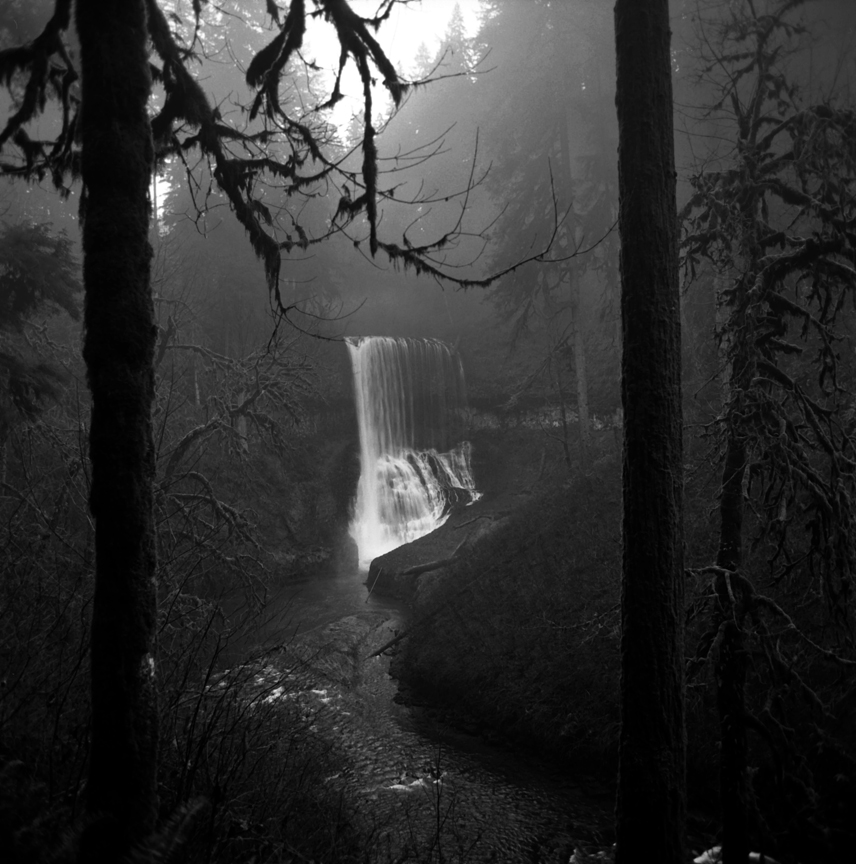Mehmut and Farooq are friends in Antalya Turkey. Mehmet owns a barber shop and Farooq has a bag and purse shop at the local market.
Picture of the week
I've decided I need to share more random images that I find interesting. So here is the first of my pictures of the week.
Amusement Park, Galveston, Texas
Stockholm Archipelago
The Archipelago is one of the more special and unusual landscapes in Sweden. It is a cluster of 30,000 islands, skerries and rocks that stretch 80 kilometers into the Baltic Sea. There are ferries that go to several of the villages there, and very inexpensive day cruises are also a great way to see it.
Iceland
..some impressions from a place of strange etherial beauty.
Sápmi
The Sami are the indigenous population of northern Scandinavia whose ancestors first migrated there as the last ice age receded. Sápmi is a nation and a people unconstrained by borders, as the Sami have the right to pursue reindeer husbandry in Sweden. They have their own language with four distinct dialects. The northern Sami region is characterized by birch forests, beautiful lakes, arctic tundra and tall mountains. Its people practice a nomadic mountain culture and way of life. Here are a few images of this extraordinary part of the world.
Glasgow, Scotland
I have been to Scotland a few times but never spent more than 1 day/night in Glasgow, until now. It is by far the friendliest place I have ever visited. You can't sit down for 5 minutes without a cheerful Glaswegian striking up a friendly conversation with you. If you ask someone for directions, chances are they will not only explain how to get to your destination, but will often escort you there! It is also very pretty city as I hope you will see from the images below. I must say a big "thank you" to my cousin Alex for the fabulous walking tour of his home town!
Stockholm notebook
I've just returned from a month traveling in Iceland, Scotland and Sweden. It was a transformative experience and I was able to reconnect with family and make some wonderful new friends. I will be posting images from my travels here over the next few weeks in no particular order. Here are some visual impressions of Stockholm, one the most beautiful capitals on earth.
Sweet Spring
“sweet spring is your
time is my time is our
time for springtime is lovetime
and viva sweet love
(all the merry little birds are
flying in the floating in the
very spirits singing in
are winging in the blossoming)
lovers go and lovers come
awandering awondering
but any two are perfectly
alone there's nobody else alive
(such a sky and such a sun
i never knew and neither did you
and everybody never breathed
quite so many kinds of yes)
not a tree can count his leaves
each herself by opening
but shining who by thousands mean
only one amazing thing
(secretly adoring shyly
tiny winging darting floating
merry in the blossoming
always joyful selves are singing)
sweet spring is your
time is my time is our
time for springtime is lovetime
and viva sweet love”
~ E.E. Cummings
Happy Earth Day
clearing fog, silver falls, oregon
We live on such a beautiful planet! So please love and cherish your mother, she's the only one we've got!
Hello, Goodbye!
For most of my time in photography I was convinced that I needed a camera system with optimal versatility. The twin lens reflex did not seem to be that system. It was only in the past few years that I have come to appreciate the work flow and ease of use of the twin lens design. For the work I do now these cameras are perfectly matched. Framing and focusing with a nearly opaque infrared filter on the lens is a snap and they take up much less room in a backpack on those hikes into the wilderness.
Franke & Heidecke was the company that made these and they also had developed a camera system (Hy6) that was compatible with digital capture backs developed by a number of different companies. They were just beginning to market this new system when the bottom fell out of the world economy in late 2008 and the bank withdrew it's funding. It was widely reported in the trade press at the time that F&H were insolvent and the Rolleiflex was no more. What wasn't reported was three of the former employees of F&H (Rolf Daus, Hans Hartje and Frank Will) had found the resources to continue production of some of their product lines. They formed DHW Fototechnik and continued manufacture until this past fall when once again they were forced into receivership. They had insufficient resources to properly market their products and sales were not robust enough to continue.
This week the bankruptcy court in Germany is auctioning off the assets of DHW Fototechnik and it looks like this employee owned company will be no more, unless someone steps up to buy the facility and machinery and continue production. I said hello to the twin lens just three years ago and now I fear having to say goodbye to the iconic Rolleiflex much too soon.
In a Fog
We have had a few foggy days lately in western Oregon...days that are ideal for making photographs. Here are a few fog studies.
Winter 2015
near Ketchum, Idaho
I'm going to post more images this year of places visited and things done. This one is a view of a clearing storm in the Boulder Mountains of Idaho. I was here over Christmas. It's one of my favorite places in the world.
Sergei Mikhailovich Prokudin-Gorskij
Prokudin-Gorskij self portrait at the rapids, 1912
On a recent trip to Stockholm I took a hand full of film rolls into a really nice processing lab called Crimson. In the reception area they had a little book on display that stopped me in my tracks. It was a book of photographs made by a Russian photographer named Sergei Michailovich Prokudin-Gorskij. The images inside included landscapes, portraits, architecture, transportation and people at work, all from the early years of the 20th Century and all in color. I have long been fascinated by vintage photographs, which are almost all black and white, but these images from the last days of Tsarist Russia are fascinating because they are in full color.
Church of the Resurrection in the Grove, Kostroma, Russia, 1910
a lock keeper at the Chernigov floodgates, 1912
At the time these images were made the Lumiere´ brothers in France were experimenting with their autochrome process, but the first commercially available color film would not be invented for another 25 years. So I wondered how Prokudin-Gorskij was able to produce color images with such clarity and accuracy? As it turns out, he developed a process of making 3 exposures of the same scene on black and white film using red, green and blue filters. When these resulting 3 images were projected in perfect registration by a 3 lens projector using the same red, green and blue filters, an accurate color photograph could be displayed. An interesting visual aspect is the rainbow effect that is created by any swift movement of the subject. If any elements in the scene moved before all 3 exposures could be made (as with the river water in the lock keepers portrait) those parts of the scene would only receive exposure through one or two of the colored filters thereby creating a rainbow effect. Prokudin-Gorskij was highly skilled as evident by the almost perfect registration he was able to achieve in creating his color images.
Once he had perfected his technique, he formulated an ambitious plan to create a photographic survey of the Russian Empire in color, and he was able to gain the financial support of Tsar Nicholas II. Between 1909-1912 and again in 1915 he completed surveys of eleven regions traveling in a specially equipped railroad car provided by the Russian Ministry of Transportation. In so doing he left us with a visual record of a place and time soon to be radically altered by the crushing effects of war and the revolution that would soon follow.
three generations, 1912
a bureaucrat from Bukhara, 1905-1915
These images portray a time and place that is long gone, yet they have a hyper-real quality that is enhanced by the color renditions. It was a time before the widespread adoption of the automobile and electric lights, when Russia was still ruled by the Tsar. I think these pictures also show just how much the world was changed by World War I. The portrait of the three generations shows that change was already underway...from the traditional dress and beard style of the Russian patriarch, down to the modern westernized dress of his Grand-daughter. And that sweet little book along with an online gallery of the photographs can be found at Crimson by following the link below. It is written in Swedish, but pictures, as they say, are a universal language.
http://www.crimson.se/?q=information/ovrigt/gorskij
EIR
sauvie island, oregon
Sauvie Island is located in the Columbia river near Portland, Oregon. It is mostly agricultural but is surrounded by natural areas that are set aside for migrating birds. The Grotto is a National Catholic shrine with a nice botanical garden in Portland. Both places are great spots to show off the effects of infrared in color photography.
I've been "saving" a few rolls of Kodak EIR infrared film. I'm not sure why except that it's no longer in production, and I don't want to say goodbye to it. If only Kodak Alaris could be convinced to bring back their infrared films. I've only got a couple of rolls left in my stash!
When conditions are right EIR produces spectacular vibrant "false" colors with good tonal separation among the various kinds of foliage. And spring/summer, when the earth is alive with new growth, is definitely the right time for this film. Instead of the usual red, green and blue sensitivity of normal color films, infrared color film has red, green and infrared sensitivities. In order to achieve the false color effect the camera lens must have a minus blue filter placed on the lens. Without it, the infrared effect will be overpowered by the visible blue light. This filter also modifies the resulting color transmission in the red and green layers of the film and contributes to the false rendering of color. I've found that a #15 tiffen deep yellow filter produces results that are most pleasing to me, but different degrees of infrared can be recorded using a variety of yellow to orange filters. I hope you agree that even though these images are a little strange, they are also quite beautiful. And whose to say that this is not God's view of the world.
meditation chapel, the grotto
the grotto
Film Photography Day
Broadway Bridge, Portland, Oregon
Today was Film Photography Day and I chose to play with a brand new film I had never used before...Lomography purple. They say it is intended to replicate the look of Kodak EIR infrared, a film that sadly has been discontinued. While I think it has an interesting look, it has a long way to go to rival the brilliant false color effect that was achievable with EIR. To see some images made with EIR check out gallery eight on this website and you'll see what I mean.
Fotofest Biennial 2014
open portfolio walk at the Fotofest Biennial
I've just returned from spending a very intense but satisfying week in Houston at the Fotofest Biennial. Having never participated in one of these meeting place reviews before, I wasn't quite sure what to expect. There were several 20 minute review sessions each day where photographers paraded into the meeting place for one on one consultations with a variety of gallery and museum directors, publishers, marketing consultants and curators. The advice and criticism I received has given me a positive direction to advance my photography...this web site being the first tangible result of the help I received there.
Fotofest is the largest of these events in the world and the review sessions intermixed with downtime in the foyer discussing photo related topics with other photographers was an enriching experience. It's the beginning of a process that will take me to other review events around the world to continue my development as a fine art photographer. The city was also filled with great gallery exhibits from photographers in the Arab world. I probably visited more art galleries in one week than in the previous couple of years. So the creative batteries are fully charged!



